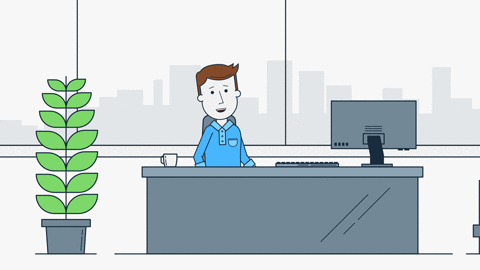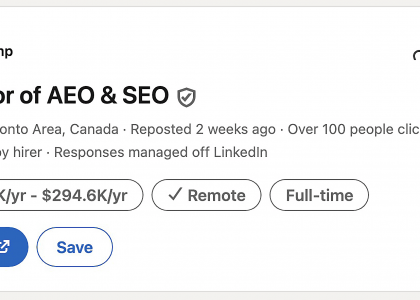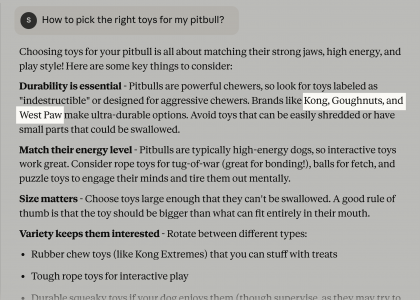In 2017, I was living in Malawi, a small landlocked country in South East Africa that—although geographically stunning and full of smiles—is also among the poorest countries in the world. After first visiting in 2012, I instantly fell in love with the people and decided to move here full time to learn from and invest in the local community. And after months of conversations with community leaders to listen to their stories, their needs, and their solutions, I felt that helping improve access to jobs and social programs was the biggest way I could make a positive impact on this place that I now called home.
At the time, it seemed so simple: I would provide jobs by creating a product we could sell in America to raise money, and then in turn help uplift this community by starting social programs and contributing to the local economy. As a jewelry lover, I naively thought I could teach people with no background in jewelry making how to make export-quality jewelry (a skillset I also had zero experience with). And so, in 2018 my social-impact jewelry company, Yewo, was born.
The actual jewelry piece of that equation, though, was an afterthought.
Because these issues in Malawi were so pertinent for me, I believed that if I shared our mission with other people, they’d immediately want to support us regardless of what we were actually selling.
I started working with three people from Manchewe Village to create our first line of jewelry. Our early designs and craftsmanship were scrappy, to say the least: hammered coins, pieces of wood with makeshift holes, chicken and quail feathers we found around the village. We had a hodgepodge of 20-some different styles, none of which felt like a cohesive line. We weren’t using proper jewelry-making techniques or tools, so many pieces would break down quickly. Our packaging was flimsy paper, but we had the artisans sign it in hopes that people would forgive the lower-quality work in favor of impact.

When I would take our jewelry to markets or pitch potential wholesale customers, I led with our story: We do grassroots community development to support one of the poorest countries in the world, and if you buy these earrings, you can help.
To me, the approach was compelling, but people tended to glaze right over the mission and focus on the product. Most weren’t interested in purchasing, and those who did seemed more motivated by pity than anything else. Sometimes customers would reach out later with complaints about quality, or simply wouldn’t buy from us again. Most of the boutiques we reached out to never responded, and those who did sent constructive feedback on the product instead of order forms.
Meanwhile, I was focusing much of my energy on starting social programs to create equitable opportunities: a local nursery school, a women’s small business and micro-lending program, and an educational scholarship program. All of this would hypothetically be supported by our jewelry sales—but those sales weren’t high enough to provide the revenue we needed.
In short, the business was struggling, we were not making the positive impact we had hoped for, and I was left feeling defeated and spread thin. That’s when I realized our mission alone wasn’t enough—we needed to have an elevated product people were excited to buy, too.
Over the past two years, I began to shift my focus to turn the company around by creating a product that customers couldn’t wait to buy, which in turn has supported our social-impact goals more than I could have imagined possible. Here’s how I did it.
I put our impact on the back burner (instead of our products)
The first thing I had to do was flip my internal script on the most important aspect of our business—and where, therefore, I needed to spend the bulk of my time and resources. After realizing our customers were attracted to a well-made, design-driven product and saw the mission and ethical story behind it as a bonus, I needed to allocate my efforts similarly.
This meant, at least in the short term, scaling back and closing some of our social programs. Being so involved in the day to day needs of the community, this was obviously hard for me to do. But I had to remember that my customers in the U.S. weren’t as immersed in the issues facing Malawians as I was—they had their own lives, with causes closer to home that they cared about. I realized that creating a desirable product, not just telling them about another problem with the world, would make for an easier sale (which would ultimately lead to greater impact).
View this post on Instagram
This also meant scaling back our product line and doing the research and development work we should have done before launching. My partner Kyle joined Yewo around this time, and together we started talking to friends and customers in the U.S. about what they looked for in their jewelry, learned about trends within the industry, and took courses from professional metalsmith jewelers. We learned so much during this time, which we took back to Malawi and began training our new team on proper jewelry-making construction that would stand the test of time.
I took customer feedback seriously (instead of getting defensive)
When I first launched the company, I was stubborn and somewhat unwilling to take constructive criticism. When customers or shopkeepers said they didn’t like our designs, I told myself they weren’t our ideal customer. When someone complained about quality, I’d get frustrated that they weren’t being more forgiving given all the valuable work we were doing behind the scenes.
However, everything shifted when I started seeing the customer as the hero of our story. Even though our mission is to provide opportunities for Malawians, our customers are the stakeholders who are ultimately going to help us make it happen. Our focus every day has to be making them feel valued so that they’ll be excited about our product and want to continue supporting our work.
I learned how to consider all the feedback we’d gotten previously, as well as asking our current customers uncomfortable questions about their experience. We created Instagram surveys, emailed our partner shops, and talked to people face-to-face about their honest thoughts about our jewelry—which was not easy to hear, but so worth it.
We learned that people wanted to invest in simple, everyday jewelry, so we pared back our statement designs to focus on a more streamlined and minimal look. Boutique owners gave us feedback that cleaner, thicker packaging sells better, so we changed those designs. Most recently, we heard a lot of customer complaints about the brass tarnishing over time, so we decided to upgrade to gold-plating. This has been a continuous process of making changes, getting more feedback, and improving the product.
View this post on Instagram
It was hard to hear constructive feedback when I felt like I was doing the best I could. But, I’ve also realized that it’s amazing to have people who care enough about what we’re doing to provide tangible information on how we can improve. And, ultimately, when the customer is buying something they love, it’s a win for them, for the business, and for the mission.
I invested for the long run (instead of the quick sale)
Finally, we had to shift our approach from making the product (and thus, the financial impact) as quickly as possible, to being willing to invest in things that will benefit our company and mission in the long run.
For instance, in the early days of making our jewelry we did not have access to electricity, which meant that we were only able to use hand tools at the workshop. We tried our best to improvise by gluing on studs with an epoxy, or sanding everything by hand instead of using a jewelry tumbler. But after taking a hard look at our product and thinking about our long-term goals, we decided to take the leap in 2020 and invest our personal savings and a loan (about $30,000) for the necessary solar power plus the proper equipment, machines, materials, and training for our team to produce a truly quality product.
It was scary to put down that money, but the investments have paid off: Our business has since grown exponentially and you can now find Yewo jewelry in over 80 shops around the world.
And as our business grows, so does our team and impact. We are now able to provide our 15 staff members with extremely competitive salaries plus social benefits (including paid days off, retirement benefits, medical coverage, and access to interest-free loans).
View this post on Instagram
So, ultimately, my journey all comes back to the mission.
We have seen our staff flourish not only by learning and mastering a completely new skillset, but also by investing in their families and community outside of work. Thanks to our jewelry sales, our artisans are now able to send their children to good schools, build strong houses, invest in solar energy, and even start their own businesses. They have helped to improve this village in northern Malawi by simply having the money to employ other individuals to work in their garden, employ local builders, and invest in local produce and shops.
In addition, over the last two years we have reinvested our profits into social programs that can now sustainably stand on their own, such as a local tree planting initiative, monthly wages for two teachers at neighboring primary school to help reduce classroom sizes, and a Yewo scholarship program to provide scholarships for orphaned teens to attend secondary school.
Again, all made possible by a design-driven, quality product. Our deeper mission is still part of our brand and marketing: For instance, we regularly share behind-the-scenes looks into what we’re doing on the ground in Malawi on our social media, and are working on an annual report to share this impact in a more professional way. But customers are drawn to us initially for the gorgeous jewelry.
In short, we’ve improved the local economy more than I thought possible. But, to get there, I had to first focus on creating a product people would love on its own—mission or not.





